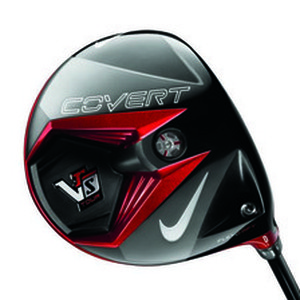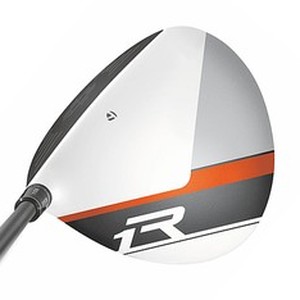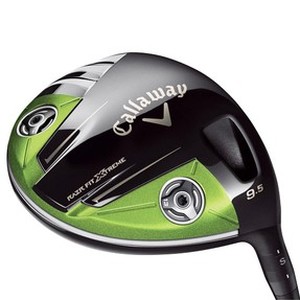Given the abundance of adjustable clubs now available, who should do the fitting?
I am constantly asking golfers at on the driving range or golf course "did you have your club fitted?". A lot of them said no. A around 60% said they had the golf shop make some adjustments but very few went for a full adjustment session. Around 30% had adjusted the club themselves. Very few, under 5%, had it fit professional. One instance I was playing with a golfer, guessing around a 12 handicap, who was using a TaylorMade R1. I asked if he had the club fitted and who did the fitting. His response was "this driver was made so the player adjusts the club". This is wrong. It gives the golfer the ability to make some changes but a good fitter and a launch monitor are necessary to get the most out of the driver thus saving you strokes.
Given these finding, we decided to see what difference does is make if and by whom a driver is fitted. We picked the TaylorMade R1, Callaway Razr Fir and the NIKE Covert to try with this exercise. The tester would play a few rounds with the driver set as it came from the factory, a couple round where the golfers adjusted the club and few more after the drivers were fitted by a professional using a launch monitor. In all cases, the club performed better after a professional fitting.

NIKE COVERT
In standard configuration (neutral face angle and 10.5 loft) the driver worked well for me (12 handicap), with good consistency and distance. I did noticed that my misses tended towards a slice. Changed the face angle to a little closed helped with my miss hits but really did not make much of a difference. I then changed the loft to 9.5 and found that I gained more distance. The professional fitter, after looking at the launch monitor, suggested I go back to a neutral face angle. The shaft was okay but he still recommend a slightly less stiff flex (getting older). He was correct, I gained 5+ yards after the change.

TAYLORMADE R1
The tester (4 handicap) for this club found the driver to be pretty inconsistent for him using the factory settings. Not all miss hits where in one direction or another. He did find the club to be a little longer, but not substantially. After making some adjustments, he had the R1 working better - a little more consistence but about the same distance. The pro fitter really wanted him in a different shaft and after trying several found one that made a significant difference in his consistency and distance. He also recommended the golfer change to a ball with less spin.

CALLAWAY RAZR FIT
This golfer had a 16 handicap and was pleased with the club as it came from the factory, no radical slices or hooks on miss hits. The club was about the same distance as his normal driver. After changing the settings himself, he could could not find a setting that made a change for the good. So he went back to the stock settings. The fitter found that the shaft was way off for this golfer. It was too stiff, which we see frequently. A change was made using a different Callaway shaft and he gained around 10 to 15 yards with no appreciable loss of consistency.
MyDivots is a strong advocate of getting a full fitting for all clubs. But what we have found is that for the most part,
most players do not due this and are not getting the most out of their clubs. Just because the driver or metal wood is adjustable does not mean that it
will work the best for you without a good fitting. yes, you can make changes yourself that will help but you might get more using a pro fitter. Remember the shaft is the engine of the club so if you don't have the
correct one, you are missing a large part of benefits of your purchase, adjustable or not. Additionally, getting the correct
ball for your swing and club, will make a difference in distance and consistency. These factors are best determined by using a
competent fitter and a flight monitor.
One final note, find a competent fitter. On more than one occasion, I have had gone to a fitter only to find I new more about fitting than the professional did. An example is the first fitter we used for the TaylorMade R1. Unbelievably he said the same thing that I mentioned above - "the club is designed for the golfer to do the fitting" and he never talked about shafts. Needless to say, we used another fitter for this article.





